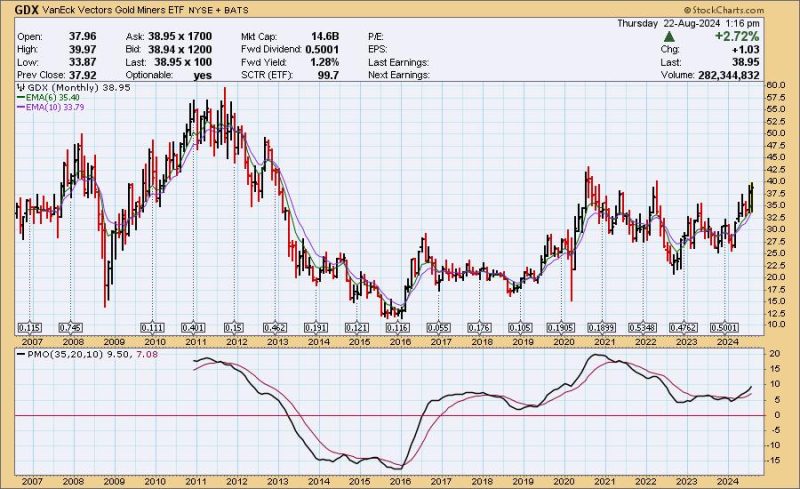
Gold Mine Dilemma: Does Lagging Performance Indicate a Rush to Sell Gold?
The performance of gold miners is one of the primary indicators attributed to the assessment of gold value in the market. However, it might be challenging to ascertain if the activity of gold miners increases or decreases the selling demand of gold directly. In essence, the relationship between gold miners’ performance and gold value is comparably symbiotic. Yet it does appear to influence the market’s drives, as well as the perception of individual and institutional investors.
Firstly, the relevance of gold miners to the gold industry is paramount. Conceptually, when gold miners exhibit strong performance, it may imply that the extraction, refining, and supply of gold is buoyant and operationally efficient. This increased efficiency could arguably induce the sales of gold due to increased availability and market confidence. For example, if a mining corporation announces a breakthrough in its mining techniques that would lead to increased gold yields, this may have a positive effect on the gold market, promoting sales as investors anticipate increased gold availability and potential price drops.
Conversely, the same market dynamism may precipitate a decline in gold sales. In instances where gold miners perform poorly due to issues such as industrial accidents, labor unrest, and environmental concerns, the production and supply of gold may reduce. In such cases, the market may experience a decline in the sales of gold as the constrained supply drives up costs. The increased costs may create a barrier against potential gold buyers, reducing the overall demand. Further, low mining performance could decrease the confidence of investors in the gold market, causing a drop in gold investments, and hence, gold sales.
Furthermore, it’s important to note that the performance of gold miners and the sales of gold are also influenced by other multiple external factors. Macroeconomic conditions, including inflation rates, currency values, and global economic health, play a role in the confluence of market forces that drive gold sales. For example, during periods of global economic uncertainties or recession, the demand for gold typically increases as investors seek ‘safe-haven’ assets for fear of currency devaluation or stock market crashes.
Another point to consider is the trend of ‘gold’s relative performance,’ which is a measure of the gold price compared to the gold miners ETF (exchange-traded fund). This ratio provides a broad perspective in understanding the dynamics between gold prices and the performance of gold miners. A higher ratio suggests that gold’s price is outperforming the gold miners index, which could be a result of gold miners’ challenges or gold’s increasing attractiveness as an
